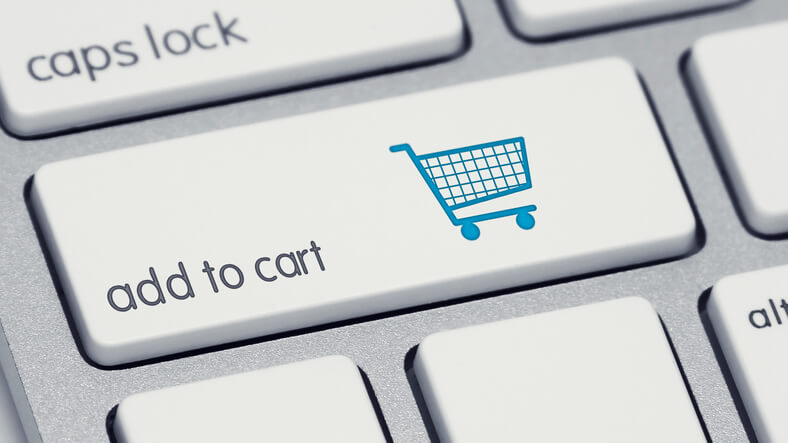By Brooke Cade
Selling on a website like Amazon or eBay as a third-party can reduce a lot of frustrations for small businesses and new startups, but not every marketplace is suitable for every company. Choosing where to sell is an important one, and you should consider the options carefully before jumping into anything. To help you educate yourself and make the decision, we’ve listed below some pros and cons associated with popular options. Hopefully, this will make deciding a little easier.
Amazon Marketplace
When considering places to sell as a third-party, Amazon quickly leaps to mind, and for good reason. Amazon has become a brand unto itself, well-known and reliable, with some of the fastest fulfillment in the industry. It’s a big company with serious clout, and it’s hard to ignore.
For one, it has the lion’s share of the e-commerce market. They’ve put a colossal amount of work into building a solid customer base, which is good news for anyone looking to broaden their market horizons. Partnering with Amazon means tapping into the millions that regard Amazon as a trusted retailer, and using Fulfillment even gives you access to the sales boosts that accompany Amazon Prime Shipping.
Amazon is also a seriously robust marketing engine, among other things. They know how to push products and get them sold. Partnering with them also taps into that marketing machine, helping you get your product in front of the masses.
There are some downsides, though. Amazon likes to partner with wholesalers and often agrees to non-compete clauses when they do. So if you’re reselling a popular brand when Amazon makes such a deal, you may find that your item is banned and that your whole inventory is now useless in the Amazon market.
It’s also important to remember that it believes in healthy competition, both externally, and internally. They have no qualms about competing with their third-party partners. So if you’re selling a non-unique item, and they see that it’s selling well, they may very well decide to undercut you.
In short, Amazon is a great choice if you want to reach the widest market possible.
Other Third-Party Marketplaces
Alternatives to Amazon like Etsy, eBay, and Newegg pick up where their competitor left off. Where it focuses on selling “everything” to as many people as possible, these third-party marketplaces usually specialize in selling more unique items: handmade items, used products, and one-of-a-kind collectibles, for example.
Selling in these niche markets affords several unique benefits. For one, it frequently leaves the seller greater flexibility to develop a personal brand. Unlike Amazon which largely tries to anonymize everything in the spirit of competition, alternative markets let you make your mark, giving you the freedom to create a name for yourself.
What’s more, because customers on these sites are looking for something specific, they are usually more educated in regards to the kinds of products you are selling. They come prepared, and because of that they tend to be more loyal.
A downside is the fact that they are niches. Their markets are much more narrow, so you won’t see the level of exposure that you would on Amazon. Keep in mind, you can sell in more than one market, and don’t forget you always have the option to sell it yourself.
As mentioned above, choosing where to sell is important. Finding the right market is a little like finding a gold mine; it can reap untold revenues. So do your research, and choose wisely.
Brooke Cade is a freelance writer who’s committed to help build bridges between businesses and their customers. In her spare time, she enjoys learning more about Doba—an eCommerce platform that’s rapidly growing, reading business magazines, and exploring her local coffee shop.







